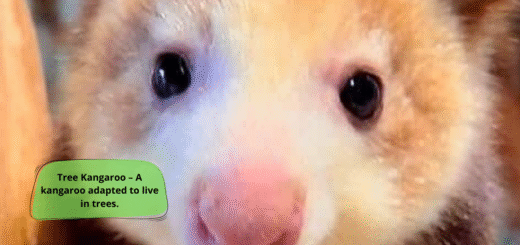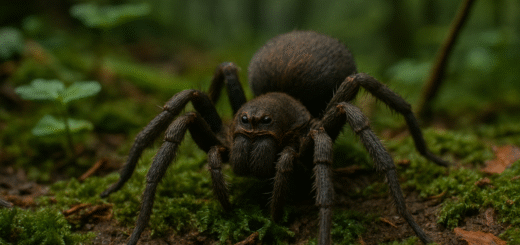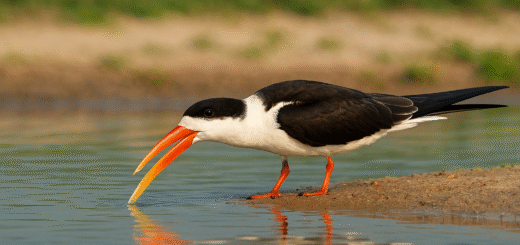How Animals Use Color for Survival: Nature’s Hidden Code
Color in the animal kingdom isn’t just about beauty—it’s a survival tool. From the stripes of a tiger to the iridescence of a beetle, animals rely on color to hunt, hide, mate, and intimidate. Understanding how animals use color for survival reveals a fascinating layer of nature’s strategy.
Camouflage: Blending into the Background
The most common use of color for survival is camouflage. Animals blend with their environment to avoid predators or ambush prey. Arctic foxes change their fur color with the seasons—white in winter, brown in summer—perfectly matching the terrain. Leaf-tailed geckos in Madagascar mimic the texture and color of tree bark, making them nearly invisible.
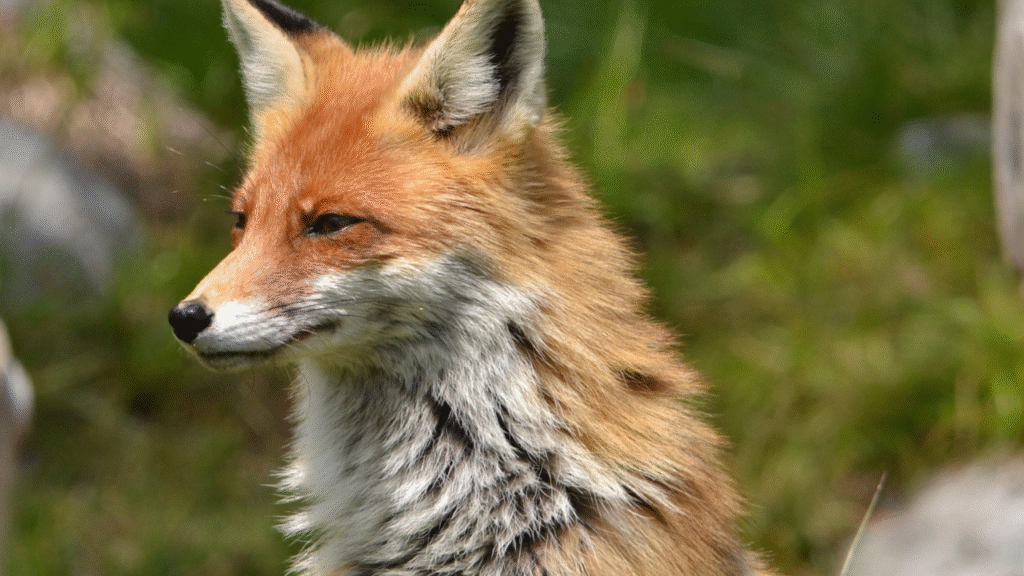
Warning Coloration: Stay Away or Else
Bright colors in animals often serve as a warning sign. This is known as aposematism. Poison dart frogs display vivid blues and yellows to signal their toxicity. Similarly, the red hourglass on a black widow spider warns predators of danger. These colors save the animal energy by deterring attacks before they happen.
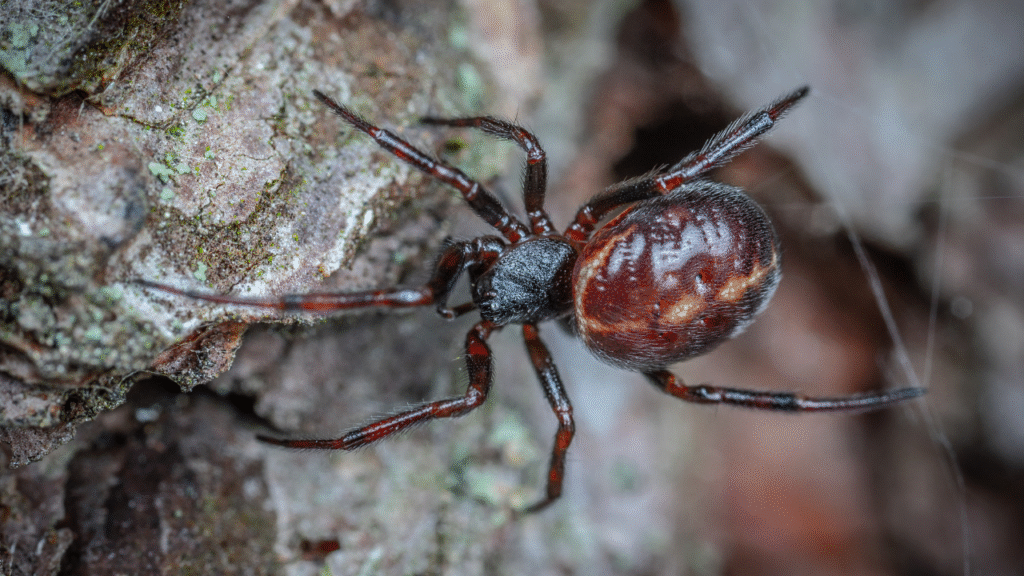
Mimicry: Copying for Protection
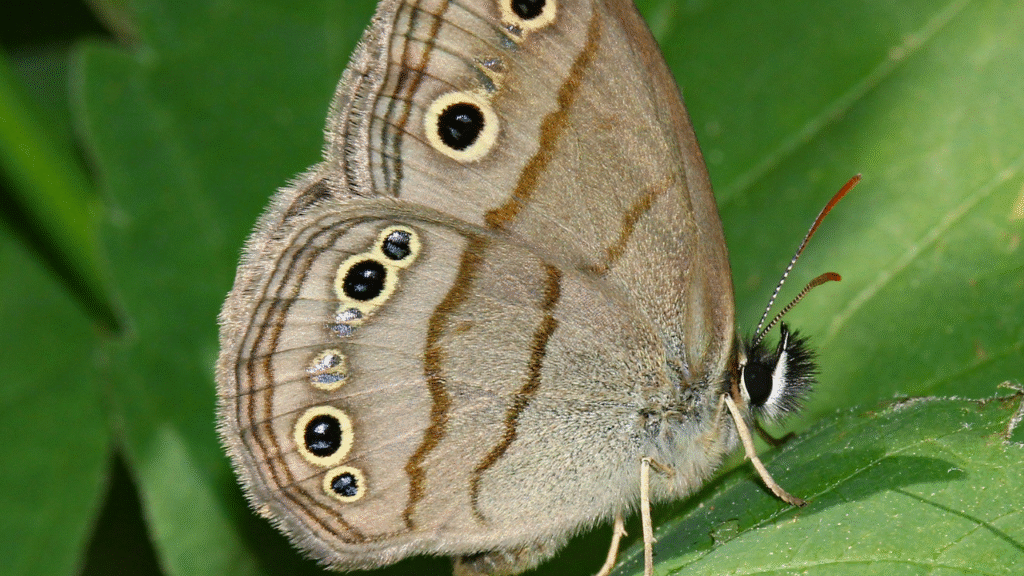
Some animals survive by pretending to be something they’re not. This is mimicry. The harmless king snake mimics the color pattern of the venomous coral snake to fool predators. Certain moths have eyespots on their wings to mimic the gaze of owls or large predators, discouraging attack.
Attraction and Mating: Bright Colors for Reproduction
In many species, color is key to attracting a mate. Peacocks use their iridescent feathers to dazzle peahens, while male mandrills display bright red and blue facial markings to show dominance and health. These colors signal genetic strength and increase chances of reproduction.
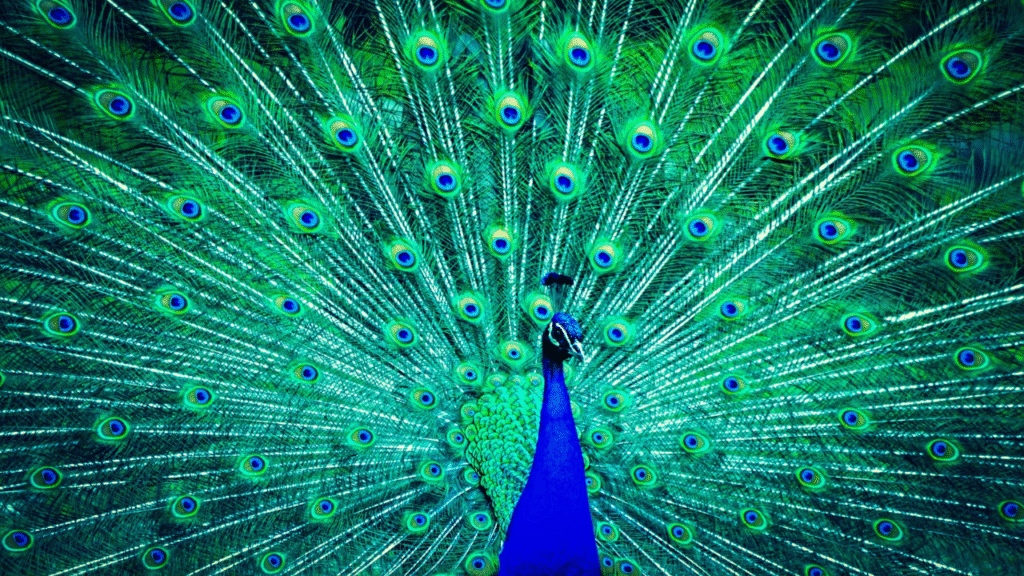
Temperature and UV Protection
Some animals use color to regulate heat. Darker shades absorb more sunlight, which helps cold-blooded animals like reptiles warm up. Meanwhile, certain desert beetles have reflective shells that prevent overheating. Even skin pigmentation in birds and reptiles may help block harmful UV rays.
Conclusion
Color is more than decoration in the animal world—it’s a sophisticated survival strategy shaped by millions of years of evolution. From hiding in plain sight to warning would-be predators, animals use color with remarkable precision. By studying these patterns, scientists gain valuable insights into evolution, ecology, and adaptation.

